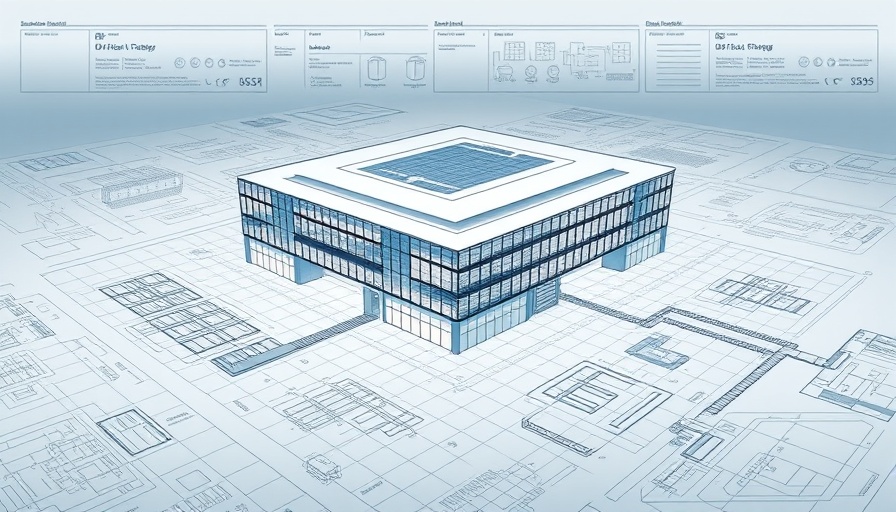
NIPSCO's Proposed GenCo Data Center: A Double-Edged Sword
Indiana’s energy future may hinge on the NIPSCO's contentious proposal for the new GenCo data center. During recent hearings, officials faced intense questioning from a community eager to understand the implications of such a project. The central concern? Balancing technological advancement with environmental and economic impacts. Data centers, while crucial for the digital economy, also demand considerable energy resources, raising questions about sustainability in a region striving to transition towards greener practices.
Harnessing Economic Potential
Supporters argue that the GenCo data center could drive substantial job creation and economic growth, aligning with Indiana's ambitions to attract tech investments. Entrepreneurs and business owners see the promise of a burgeoning tech sector that provides not only jobs but also spurs innovation across other industries. However, this must come without sacrificing the local community’s well-being or integrity of the environment.
Potential Risks and Community Concerns
The enthusiasm for potential economic uplift is tempered by valid apprehension from local residents. The burning question remains: what kind of job opportunities will the data center truly offer? Will these be accessible to blue and white-collar workers alike, or primarily skewed towards tech experts? Addressing these disparities may be crucial for winning public support.
Voices from the Ground: Community Engagement is Essential
A collaborative approach involving local stakeholders is imperative. As NIPSCO navigates through scrutiny, there is an opportunity for the company to cultivate goodwill by involving community members in the conversation about the data center's future. This means not only addressing concerns but also ensuring transparency about potential impacts, from environmental disturbances to eventual economic benefits.
As NIPSCO continues to communicate with the community, the outcome of the GenCo data center proposal rests on their ability to balance innovation and responsibility. The dialogue must stay open, as residents, entrepreneurs, and skilled workers alike can shape the approach taken—a collaborative solution could lead to a brighter, sustainable future for all.
 Add Row
Add Row  Add
Add 




Write A Comment